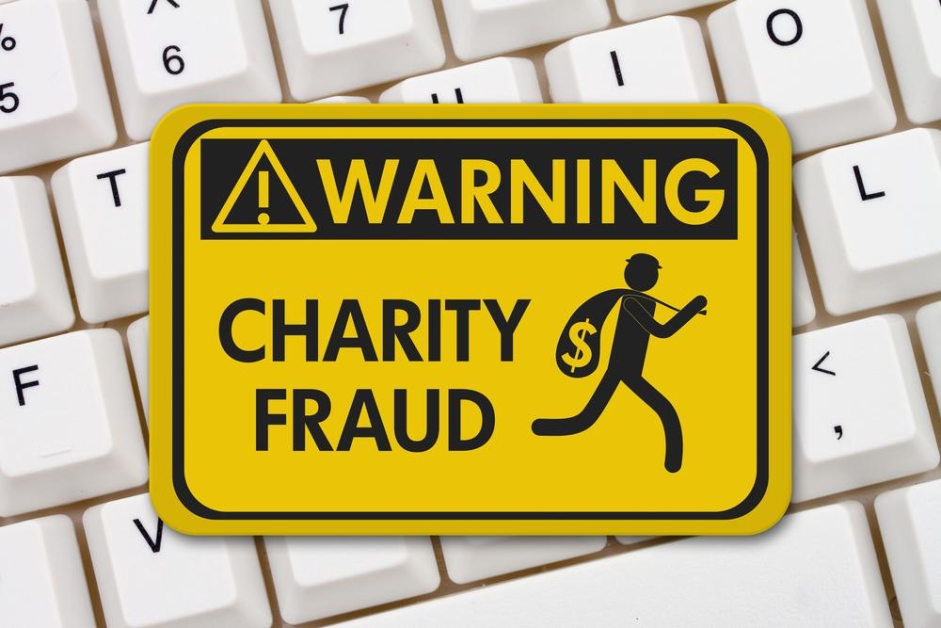When disaster strikes, people want to help. Scammers know this, and in 2025, charity fraud is as active as ever. After hurricanes, floods, or wildfires, fraudulent organizations appear online and on social media within hours. They use stolen photos, fabricated survivor stories, and emotional appeals to solicit donations.
For example, after a major storm in Florida last year, dozens of fake charities popped up on Facebook and GoFundMe. They promised direct relief to families, but the money was routed to criminals overseas. Donors only discovered the fraud when official relief agencies announced that they had no connection to the viral campaigns.
Charity scams thrive on urgency and compassion. Victims are pressured to give quickly before they can verify details. Fraudsters often use names that sound similar to real charities, banking on the confusion. In 2025, some scams even use AI to generate realistic websites with convincing mission statements, donation portals, and fake testimonials.
To avoid falling victim, always donate through established organizations with transparent records. Verify tax-exempt status on the IRS website, and avoid clicking links from unsolicited messages. Look for accountability measures such as annual reports, third-party audits, and clear breakdowns of how donations are spent. If payment is requested in gift cards or cryptocurrency, it is almost certainly a scam.
Generosity should never be punished. By slowing down and confirming before donating, you can ensure your help reaches the people who truly need it.
Charity Scams After Natural Disasters
Scammers exploit compassion after disasters. Learn how to recognize and avoid fake charity appeals in 2025.
